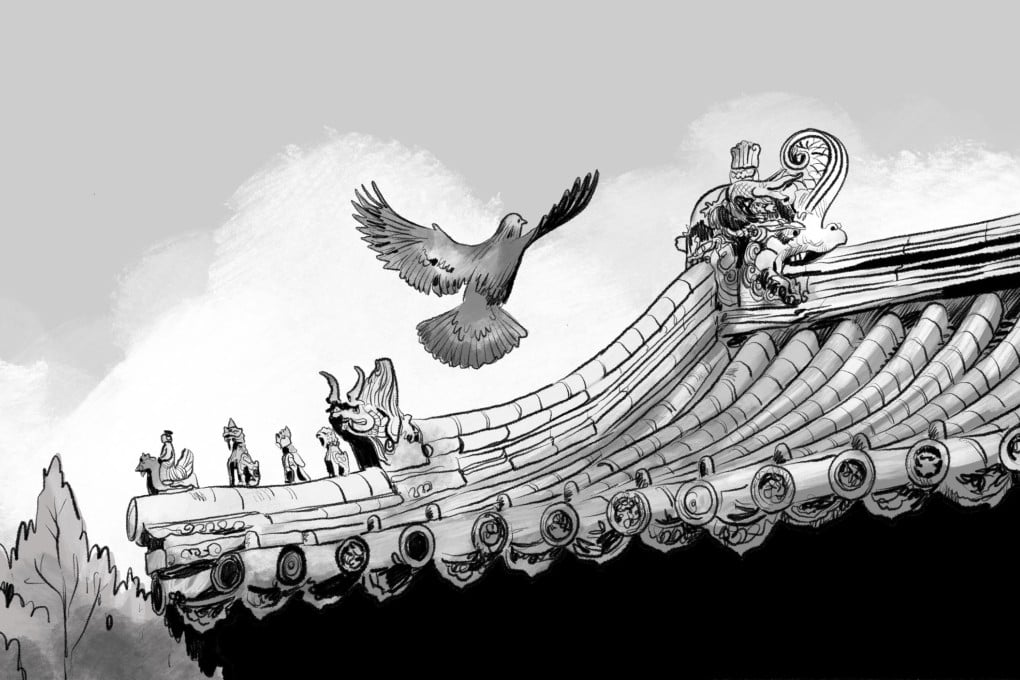How the Forbidden City’s treasures ended up divided between Beijing and Taipei
- A harrowing, 14-year journey preserved one of humanity’s most important artistic legacies
- When bloody civil war engulfed China, both nationalists and communists claimed the treasure as their own

Many of the Forbidden City’s ancient treasures were evacuated from the Palace Museum in Beijing when Japan launched a full-scale invasion of China.
The collection took to the road for 14 years, traversing some 75,000km. This is the harrowing journey that preserved one of humanity’s most important artistic legacies.
The Palace Museum in Beijing attracted the attention of scholars, researchers, writers and editors from around the world when it opened in October 1925. Many international universities made applications for academic research, and word of the collection’s outstanding beauty spread like wildfire.
The museum acquired an unparalleled reputation, and exhibitions organised overseas proved to be a great success.

But worldwide political instability and China’s domestic situation convince the museum’s curators – who know how vulnerable the valuables are to plunder – to hatch plans to safeguard them.